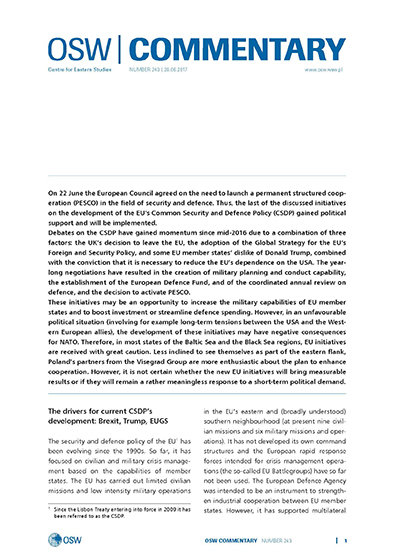The stable crisis. Ukraine’s economy three years after the Euromaidan
The stable crisis. Ukraine’s economy three years after the Euromaidan
Author(s): Tadeusz Iwański
Subject(s): International relations/trade, Security and defense, Military policy, Developing nations, Geopolitics
Published by: OSW Ośrodek Studiów Wschodnich im. Marka Karpia
Keywords: Euromaidan; Ukraine
Summary/Abstract: The economic statistics for 2016 indicate that Ukraine has managed to overcome the toughest phase of the economic crisis. For the first time in four years, the Ukrainian economy recorded a positive growth rate of around 2%[1]. This is due to the reforms launched in the first months following the EuroMaidan and of the implementation of the reconstruction programme under pressure from Western lenders, mainly the International Monetary Fund (IMF) and the EU. In addition, the favourable situation on global commodity markets and the drop in the price of energy resources, as well as good weather conditions which enabled record high grain harvest and an all-time-high export of grains, have had a positive impact on the Ukrainian economy. Economic growth has accompanied the stabilisation of the macroeconomic situation, which manifests itself, for example, in halting the slide in the hryvnia in concert with the gradual replenishment of foreign exchange reserves, the favourable balancing of budgetary revenues and spending (the deficit of around 3% GDP), maintaining the expected level of inflation and the improvement of the situation in the banking sector.
Series: OSW Commentary
- Page Count: 6
- Publication Year: 2017
- Language: English
- Content File-PDF

